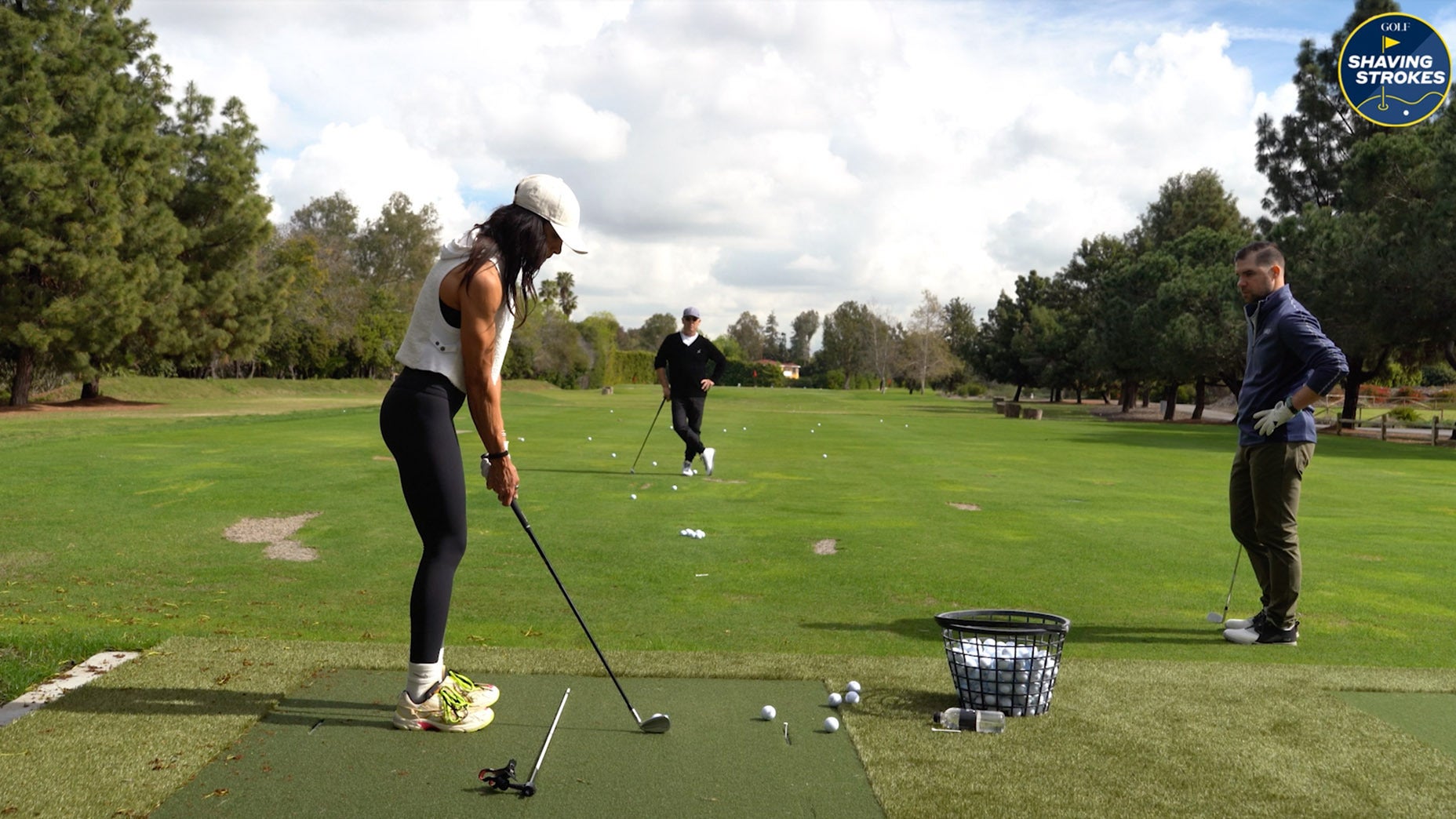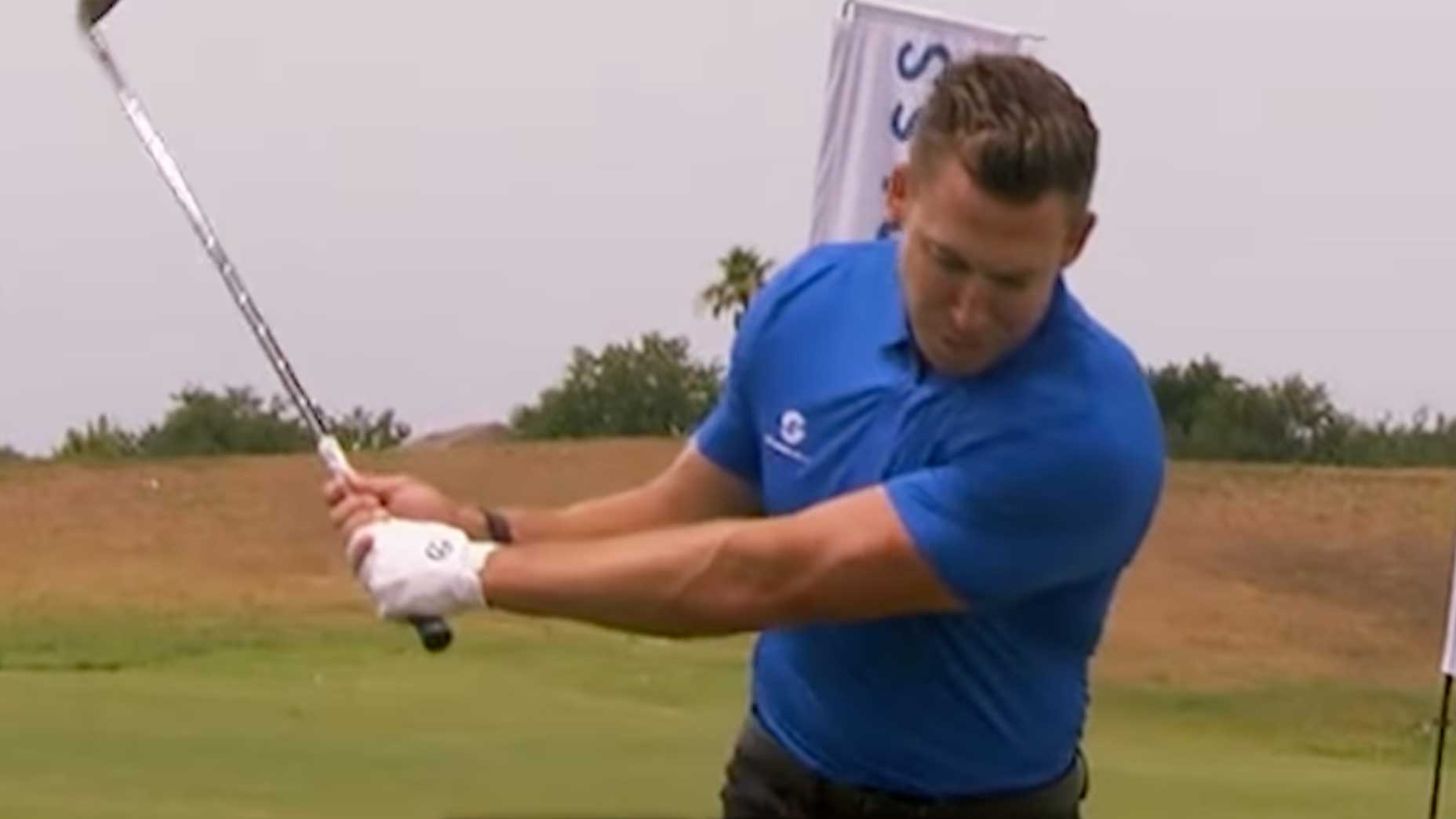Dr. Sasho MacKenzie doesn’t spew swing theories. He spouts facts, based on mountains of evidence generated from his lab in the Department of Human Kinetics at St. Francis Xavier University in Nova Scotia. The biomechanics professor’s goal: Optimizing how speed is created during the swing. His target: any player who’s willing to listen.
Luke Kerr-Dineen: You’re part of a new wave of techno-thinkers who are reshaping the way golf is taught, especially at the Tour level. Why should recreational golfers care?
Sasho MacKenzie: Simple—the principles that work at the highest levels apply to any golfer.
LKD: The trick, then, must be convincing them that this is indeed true.
SM: Golf sits in the middle ground when it comes to embracing technology—hardly ahead of the curve in terms of science-based practices like track and field and other Olympics-based sports, yet not lagging a decade or so behind as we see in baseball. We’re in a good spot. The problem is that the big terms and complicated phrases science employs probably aren’t the best way to convince the masses that what we discover in the lab can help them. Ultimately, it’s the instructors’ responsibility to translate biomechanical principles and fundamentals into layman’s terms and digestible bits that everyday students can trust and apply. It’s why I work with coaches as much as I do with Tour players.
LKD: Interesting. So it’s the instructors who need convincing.
SM: Listen, there’ll always be science-deniers and the belief that none of what I or other researchers do is necessary. They’re going to be eroded away. There’ll be fewer and fewer of these people once the community realizes that science and technology are simply about learning and understanding better ways to swing a golf club. I no longer feel bad for the instructors who are misapplying the laws of physics or well-established biomechanical principles, because the information’s out there. If they’ve got a theory that’s different from mine, fine. I’m open-minded. I’ll listen. Maybe I’ve made a mistake, but if they don’t have an argument other than, “I believe in my method,” then okay. I can’t do anything else. We can’t have a logical debate. I just feel bad for the golfers they’re teaching.
[bc_video video_id=”6000855351001″ account_id=”416418725″ player_id=”B1lrmWbebQ” embed=”in-page” padding_top=”56%” autoplay=”” min_width=”0px” max_width=”640px” width=”100%” height=”100%”]
LKD: What are some of your recent findings that can help golfers hit it farther?
SM: Golf science has a solid understanding of what creates speed. Many people think they need more wrist cock to hit the ball farther, but my research suggests that hand-path length is where you get more bang for your buck. The data indicates that if the average golfer moved their hands four inches further into their backswing, then swing speed would increase by 2.4 mph. This added swing length can come from extra hip rotation in the backswing by letting the lead heel come off the ground. If you’re worried this extra hip rotation will diminish a powerful stretch – don’t be.
LKD: The speed at which you do this also makes a difference, doesn’t it?
SM: Some coaches talk about the benefits of making a slow backswing, but that could be costing an athletic golfer speed. In reality, a faster backswing triggers greater muscle activation in transition, which can result in a faster downswing.
LKD: But doesn’t a faster, longer backswing introduce more variables that could potentially go wrong?
SM: Let me use a volleyball analogy to answer. Jump spin [overhand] serves in volleyball never used to exist. Why would they? You have to throw the ball in the air and time your jump with your arm swing. The joints in your arm are moving in different directions—lots of variables. But then somebody started doing it and could serve harder than everybody else and they began dominating. Sure, removing range of motion at certain joints is likely to improve repeatability. The problem is, in golf, that means losing clubhead speed. You certainly want to remove any motion that’s not adding energy to the club, but you also want to introduce variables that do.

LKD: With all this in mind, are there any swings on Tour that truly impress you?
SM: Yes, and they’re mostly the guys who are labeled as having a “homemade swing.” I like Matt Wolff. I like Sergio Garcia and Jon Rahm. I like the players with idiosyncratic moves that are also highly functional. There’s a reason that guys like Matt Wolff and Sergio get the shaft moving on different planes: They can swing it faster that way! I’ve got nothing bad to say about Adam Scott; lovely swing, and he’s managed to make everybody happy in terms of aesthetics. But the underlying mechanics aren’t as effective at moving the club with force. Scott is applying the same underlying mechanical principles, just to a lesser degree. You need to be very careful not mess-up the sound mechanics of an elite golfer to achieve an ‘on-plane look’. Same with all the other guys who work overly hard on staying on plane. I’d argue that trying to apply the principles evident in Sergio’s swing is better for the average golfer than trying to swing like Bryson DeChambeau.
LKD: How high do you think PGA Tour swing speeds can go in the next 10 years?
SM: Average clubhead speeds with the driver will continue to climb. In fact, the odds of a Tour player swinging at 140 mph periodically over the next 10 years are pretty decent. That said, the odds of a player averaging 140 mph are pretty close to zero—the penalties for mis-hits are just too large at that speed. Plus, you need to putt like crazy and stick irons to survive on Tour, which cuts down the pool of 140 mph swingers pretty quickly.







